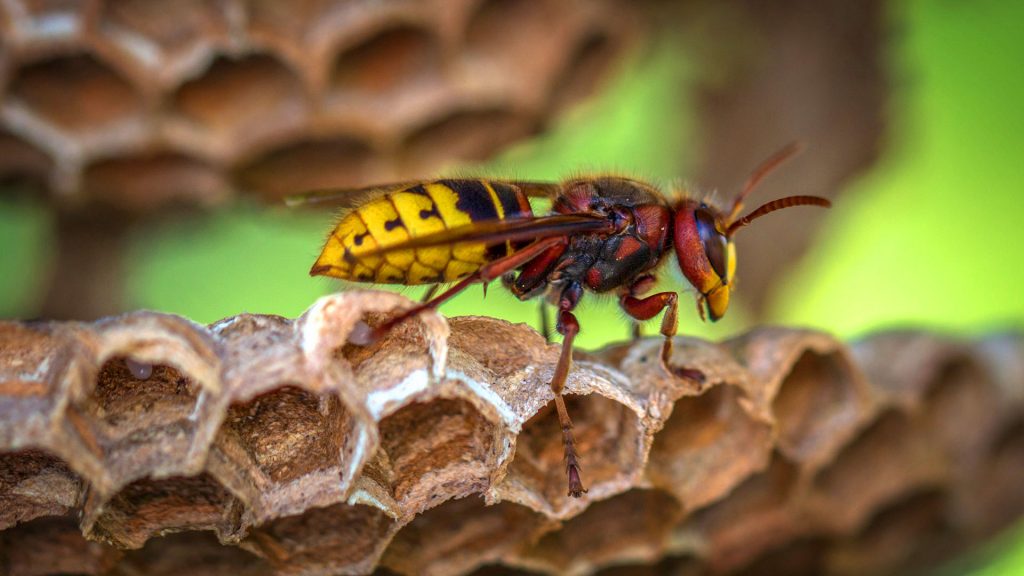If there is one thing everyone can agree on it is the need to do away with wasps and wasp nests when they become a nuisance and even a danger around their nest. Regardless of where they have chosen to nest, the longer homeowners wait to have them removed, the larger the nests become and the greater the chances of someone getting stung. How, though, do exterminators go about getting rid of a nest?
Understanding Why is Key
Wasps are selective in where they lay down roots. The purpose of any wasp nest is to propagate the species and that means nesting somewhere secure that will allow the queen to lay as many eggs as possible.
Not just any old hole in the ground or under any old eave will do. A nest must not only be protected but also have ample access to food sources for the wasps. Without food sources, queens will not lay as many eggs and the very existence of the colony is threatened.
Why a Professional is Needed
For many wasp nests, if caught early enough, a homeowner can handle the extermination and removal of wasps and wasp nests. In fact, many have handled wasp nests on their own. At a certain point, though, the next will become too large for the average person and the wasps too aggressive to tackle without risking several wasp stings.
That is when a professional wasp remover gets called in.
Investigation, Documentation, and Education
The initial steps a professional wasp removal expert will take are investigating the reported wasp nest and documenting the type of wasp, the maturity of the wasps, and the size of the nest. This not only defies the “enemy” it also allows the wasp remover to formulate a plan of attack for ridding the homeowner of the nest.
After the investigation, the professional wasp remover will document the size of the nest and outline the plan they have come up with. They will lay out for the homeowner an overall control plan, including the initial treatment of the wasps, what prevention and control steps will be taken and what follow-up visits will entail.
The pest control specialist will also lay out for the homeowner what is expected of them, what to watch out for, and the schedule for nest removal.
Environmental Controls
Wasps tend to favour specific things. For example, they like to nest close to food sources. Removing those sources is key to depriving them of food and stressing the colony. Part of this phase is also to help identify risk areas for new nests and steps to take to make them uninhabitable for wasps.
This also includes making the home more secure in terms of places wasps can nest. Steps that are taken in this part of the phase include closing off nesting locations as well as cleaning up the area. That includes removing all possible sources of food for the wasps.
Selection of Methods and Execution
Dependent on the investigation findings, the wasp removal professional will recommend a multi-pronged attack on the nest, including using traps, insecticidal controls, opening access points to the nest, and removal of the nests.
While the destruction of the colony is not guaranteed with the initial attack, it is almost always successful if followed as prescribed.
If you have a wasp problem, contact the pros at Sykes Pest Control today and get started getting rid of your pests!

